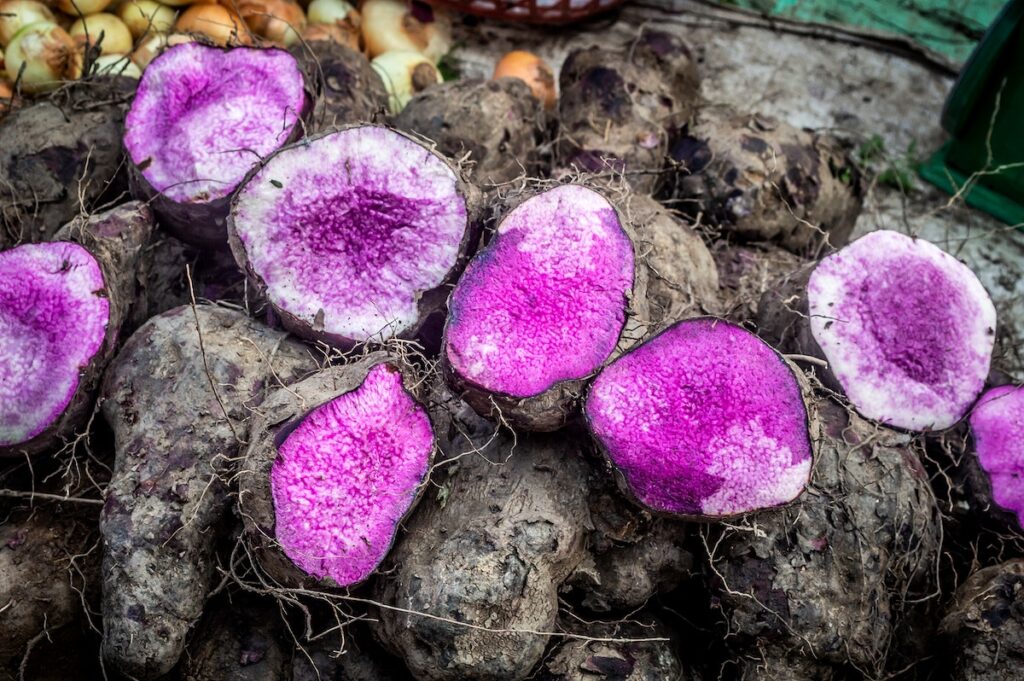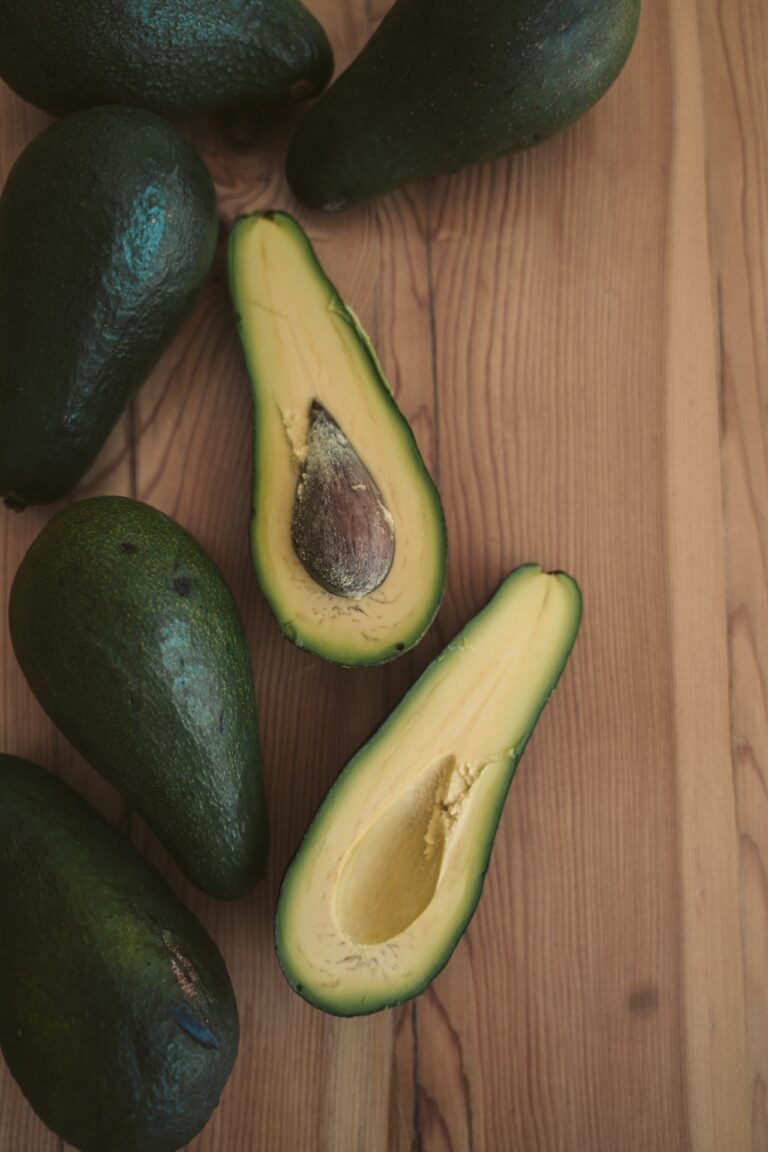What Does Taro Taste Like – A Root Vegetable with Surprise Taste
Taro is a starchy root vegetable that is native to Southeast Asia and the Pacific Islands.
It has been cultivated for thousands of years and is a staple food in many cultures worldwide.
It can be prepared in a variety of ways, including boiling, frying, and mashing, and is a versatile ingredient in many dishes.

Taro is also a good source of fiber, potassium, and vitamin E, making it a nutritious addition to a balanced diet.
What Does Taro Taste Like
When I first tasted Taro, I was pleasantly surprised by its unique flavor.
Also Read: What Does Cottage Cheese Taste Like
Taro Taste Like a slightly sweet and nutty taste, with a hint of earthiness that makes it stand out from other root vegetables.
The taste is not overpowering, but it has a satisfying and subtle flavor that pairs well with a variety of ingredients.
Compared to other root vegetables like potatoes, Taro has a more delicate and nuanced taste that I really enjoy.

What is the Texture of Taro?
Taro’s texture is another aspect that I found interesting.
The root vegetable has a soft and creamy texture when cooked, but it also has a slightly gritty quality to it that adds an interesting texture to dishes.
It’s not as smooth as potatoes, but it’s not as fibrous as other root vegetables like turnips or carrots.
The texture of Taro works well in stews and soups, but it also holds up nicely in dishes like Taro chips or fries.

How is Taro Prepared?
There are many ways to prepare Taro, and it’s a popular ingredient in many cultures and cuisines.
In my experience, Taro can be used as boiled or steamed before being added to dishes like stews, curries, and soups.
It can also be mashed, fried, or roasted to create unique and delicious side dishes.
One of my favorite ways to enjoy Taro is in Taro bubble tea, a refreshing and sweet drink that uses Taro as a base.
Recipes of Taro
1. Taro Chips
- Slice taro into thin rounds or strips.
- Toss with olive oil and salt.
- Bake in the oven at 375°F (190°C) for 15-20 minutes or until crispy.
- Serve as a snack or side dish.
2. Taro Bubble Tea
- Brew black tea and allow it to cool.
- Boil peeled and diced taro until tender.
- Blend the taro with sugar and coconut milk until smooth.
- Add the taro mixture and cooked tapioca pearls to the black tea and stir.
- Serve over ice for a refreshing drink.
3. Taro Pudding
- Boil peeled and diced taro until soft.
- Blend the taro with coconut milk, sugar, and cornstarch until smooth.
- Pour the mixture into a pot and simmer until thickened.
- Pour the pudding into a serving dish and chill in the refrigerator until set.
- Serve as a sweet and creamy dessert.

4. Taro Cake
- Steam-grated taro until soft.
- Mix with rice flour, dried shrimp, dried mushrooms, and Chinese sausage.
- Pour the mixture into a greased cake pan and steam for 30-40 minutes.
- Cut into slices and serve as a savory snack or side dish.
5. Taro and Coconut Curry
- Saute onions and garlic in a pan with oil.
- Add diced taro, curry powder, and vegetable broth.
- Simmer until the taro is tender.
- Stir in coconut milk and cook until heated through.
- Serve with rice for a satisfying and flavorful meal.
Where Can Taro Be Found?
Taro can be found in many grocery stores and markets that sell Asian produce, and it’s becoming increasingly popular in mainstream supermarkets as well.
I’ve also been able to find Taro at online retailers that specialize in exotic fruits and vegetables.
Depending on where you live, Taro may not be as readily available as other root vegetables, so it’s always a good idea to check your local stores or markets.
Final Word
It has a delicate and nutty flavor that works well in a variety of dishes, and its soft and creamy texture adds an interesting element to meals.
Whether you’re a seasoned chef or a home cook looking to try something new, I highly recommend giving Taro a chance in your next recipe.





2 Comments